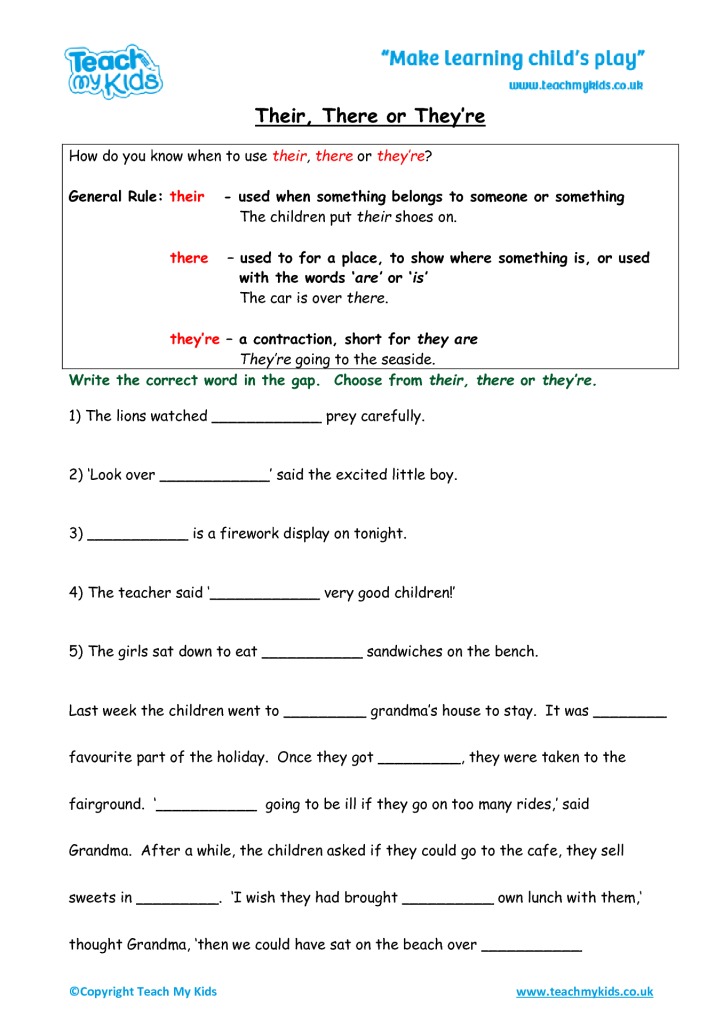
In my Teaching Grammar and Mechanics Grades 4-8programs, my subject and predicate lessons focus on removing prepositional phrases, interjections, and expletives from the hunt for the sentence subject. Example: There are many students who do their best. To eliminate the unnecessary “here” and “there” words at the beginning of a sentence of clause, revise to place the subject of the sentence at the beginning. The “here” and “there” + “to be” verb constructions are frequently followed by a noun or pronoun and a relative clause beginning with that, which, or who. The unnecessary “here” and “there” words begin sentences or clauses and follow with “to be” verbs ( is, am, are, was, were, be, being, and been). Our language application task is to delete the unnecessary “here” and “there” words. My Writing Openers Language Application Grades 4-8 programs provide this instruction in one of 56 lessons: Students (will a little of your prompting) will eventually revise as “Darling, we have ways to fix this mess.” Help students brainstorm deletions of the there interjections and expletive. If the word or phrase does not contribute meaning, get rid of it!ĭemonstrate the difference between padded and concise writing with this example: There, there, darling. I remind students that we shouldn’t use padded words or expressions because readers like concise writing. When teaching Jerry’s here and there memory trick, I teach students that even though the trick works only for there adverbs, good writers learn to avoid the other uses of there in their writing. In my Differentiated Spelling Instruction Grades 4-8, I provide the words for students to sort into the “ere” spelling categories and the spelling test focuses on this spelling pattern. The best spelling practice is to create a spelling sort to compare and contrast the “ere” spellings. Unfortunately, the adverbial usage and its spelling memory trick does not work with the interjection (definition 5) and expletive (definition 6) meanings. Conversely, these here and there or here and where relationships help students remember to spell here to indicate location and not hear. Students have fewer problems with the here spelling, and so the memory trick works to connect the unknown there and where spellings to the known (and rule-conforming here spelling (a silent final e making the preceding vowel before a single consonant into a long sound). Doing so reminds students that the adverbial meaning and usage (definitions 1-4) of the word there refers to location, so here and there or here and where establish memorable connections and so assist spelling memory. Jerry writes the word there on the board and underlines the here within the word (t here). Jerry Lebo, author of numerous phonics books, suggests a spelling memory trick to help students remember the there spelling. The following memory trick works with both there and where. I suggest introducing the where spelling along with the there. The where is also a top 100 sight word and is often confused with were by poor spellers. Because there is a rule-breaker, it must be memorized as such. Edward Fry’s top 100 list of high frequency sight words. Teach students that one of the reasons that there is such a difficult spelling is because it is a sight word, often called an outlaw word. The word does not follow spelling rules. The online dictionary, Merriam-Webster, provides the following definitions (with my own formatting, revision, and additions): Follow this lesson plan, and I guarantee that your students will make fewer there, their, and they’re errors.

I suggest teaching word relationships in the context of meaning and usage, spelling rules, and writing application.

Additionally, we fail to help students place the learning into their long term memories. My take is that students fail to master proper usage and spelling of tricky word relationships because our instruction lacks conceptual depth. So, how can we teach and help students remember the proper usage and spelling of the troublesome there, their, and they’re words? However, we have no excuses for failing to proofread something that will be published (or tweeted, Mr. Now, to be fair… most of us have misused a there, their, and they’re word at one time or another. If not, there blood, sweat and tears was a waist of time. “Looks to me like the Bernie people will fight. The reaction to President Trump’s mistake in his Jtweet was speedy and judgmental: Indeed, linguists tend to classify the misuse of there, their, and they’re as high stake grammatical errors. The Copyblogger site includes these three words in the article, “ Five Grammatical Errors That Make You Look Dumb.” Students (and even presidents) have problems using the there, their, and they’re words appropriately and spelling them correctly.

Anything worth teaching is worth teaching well.


 0 kommentar(er)
0 kommentar(er)
